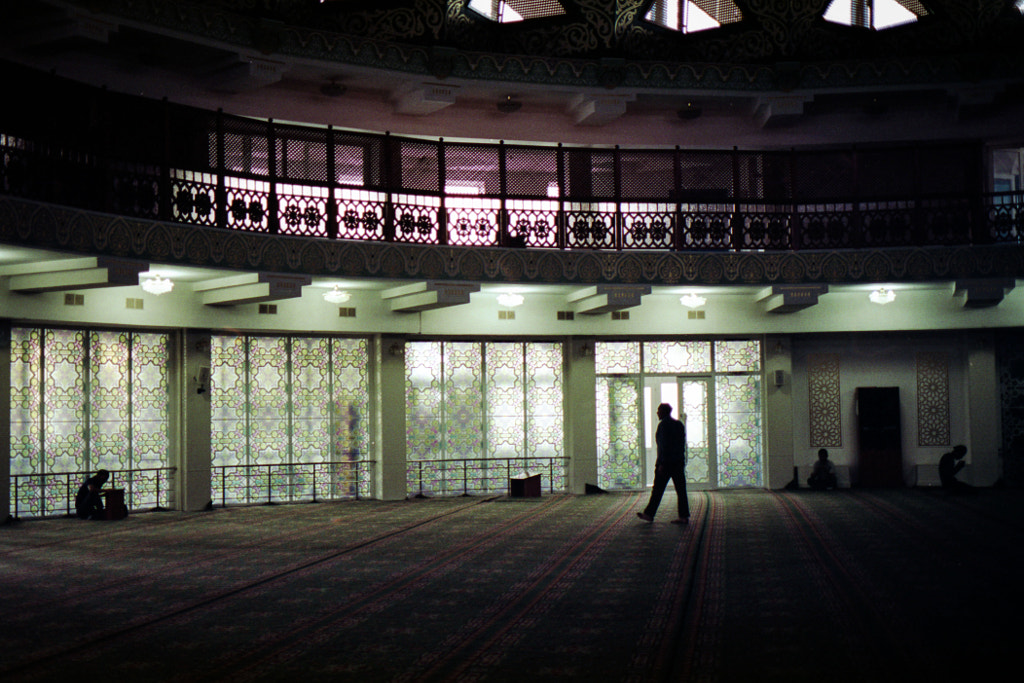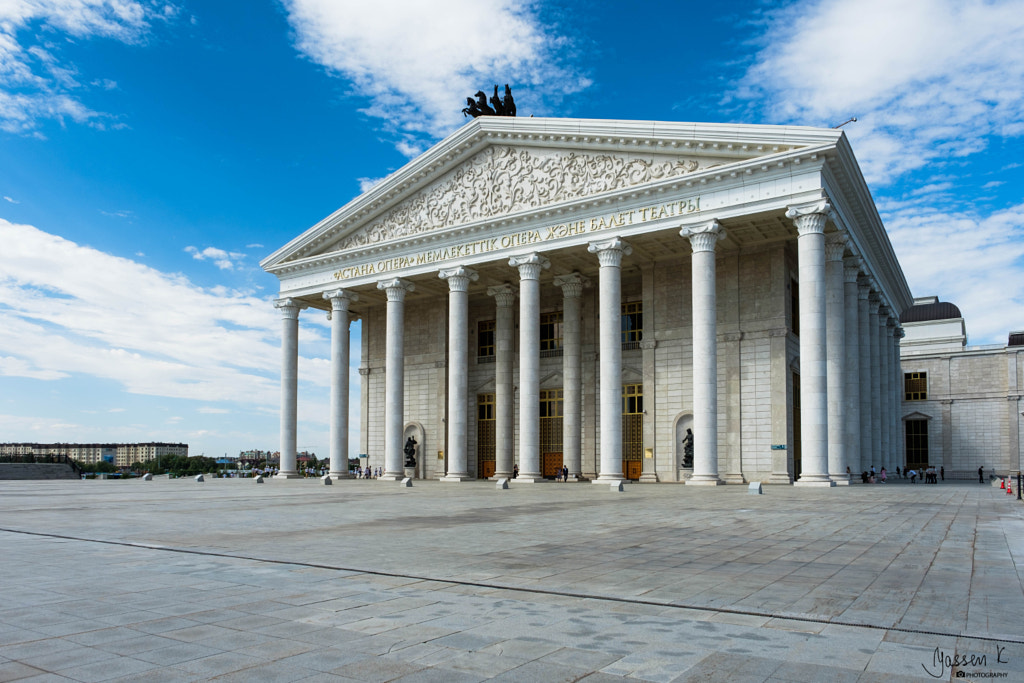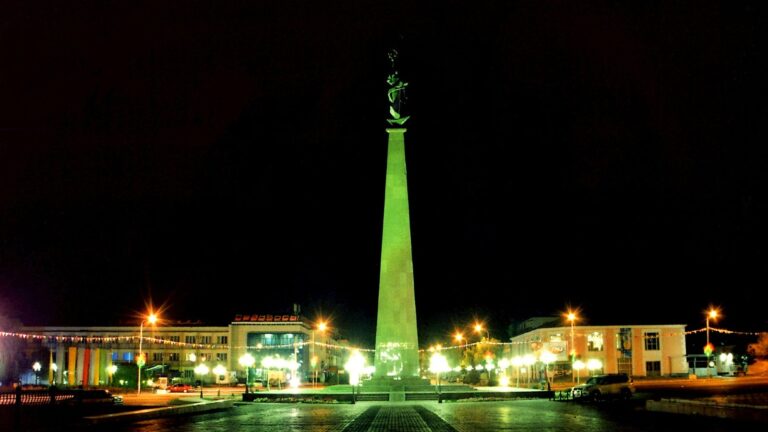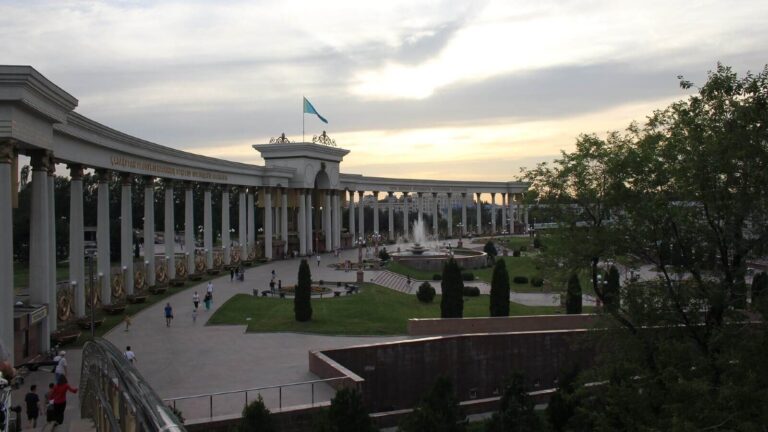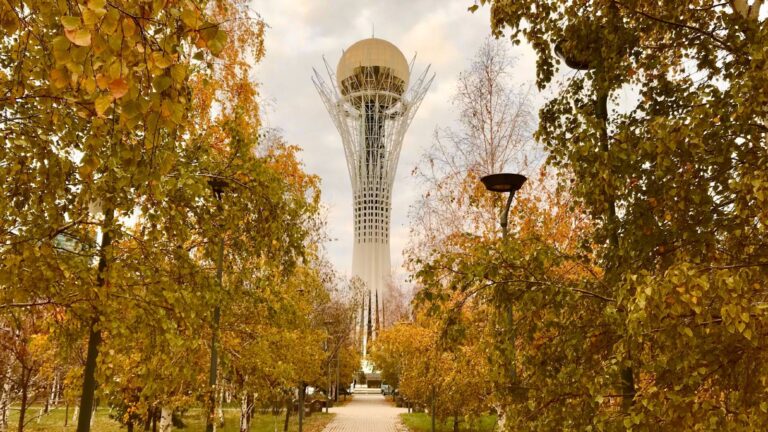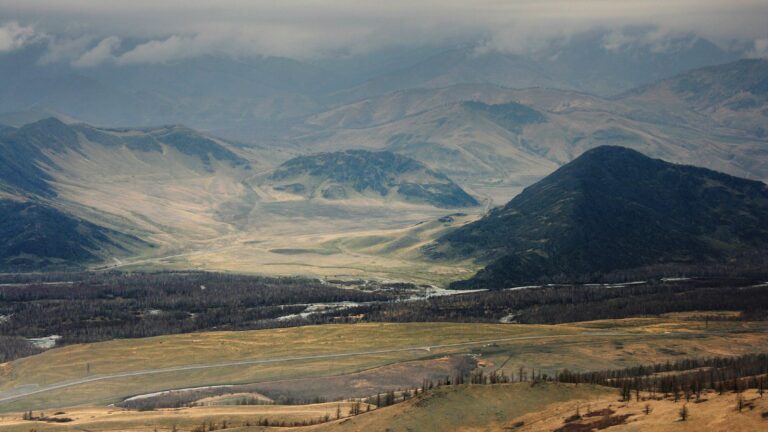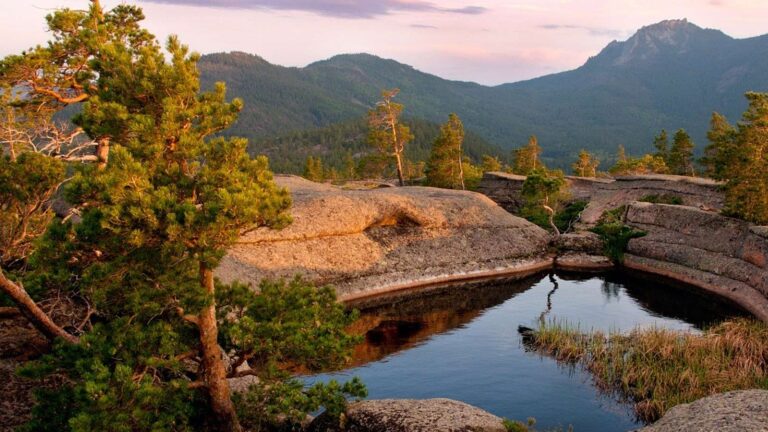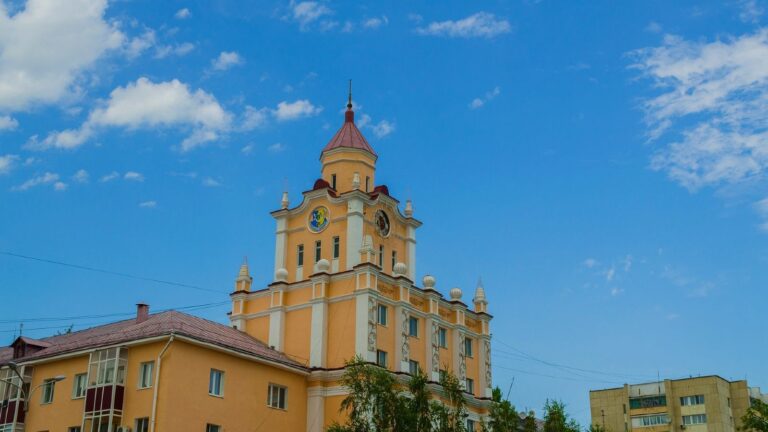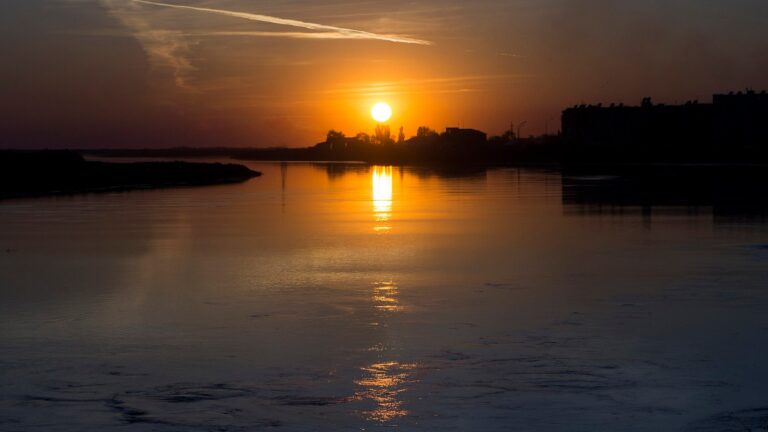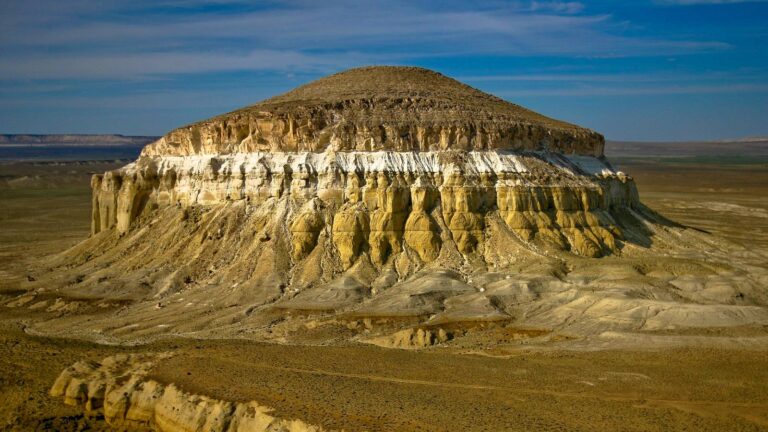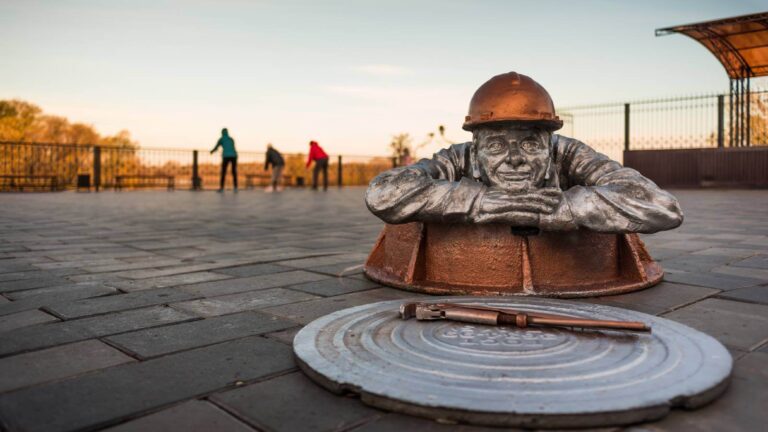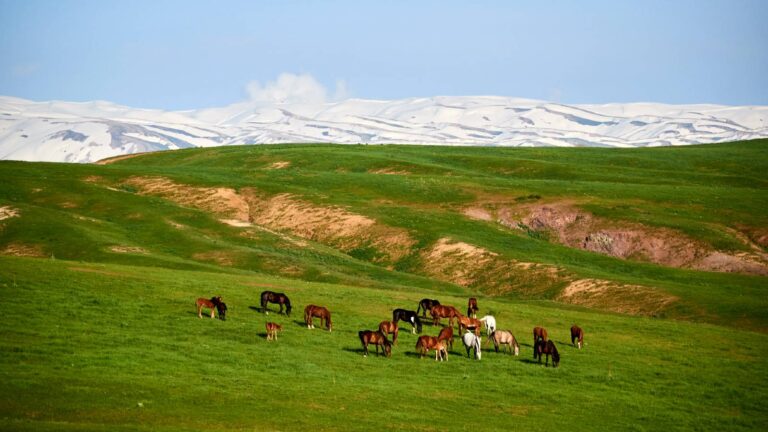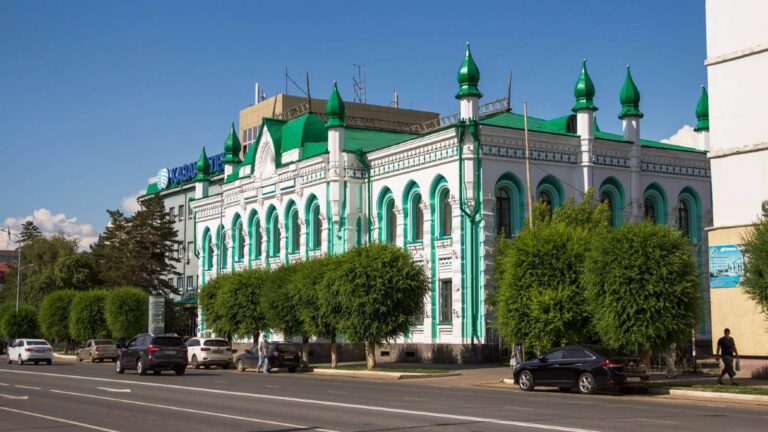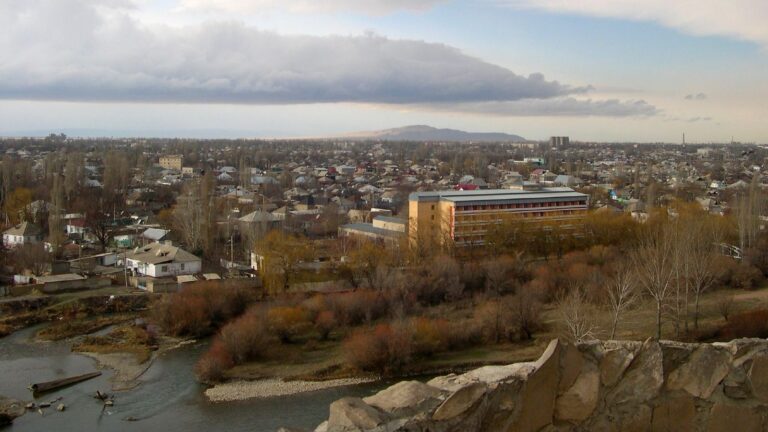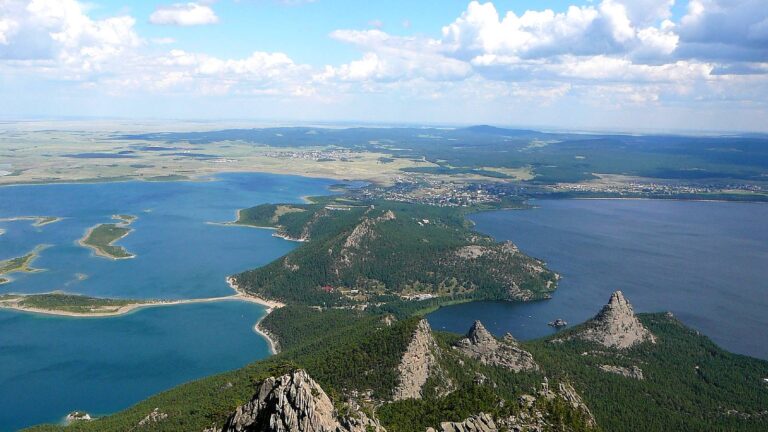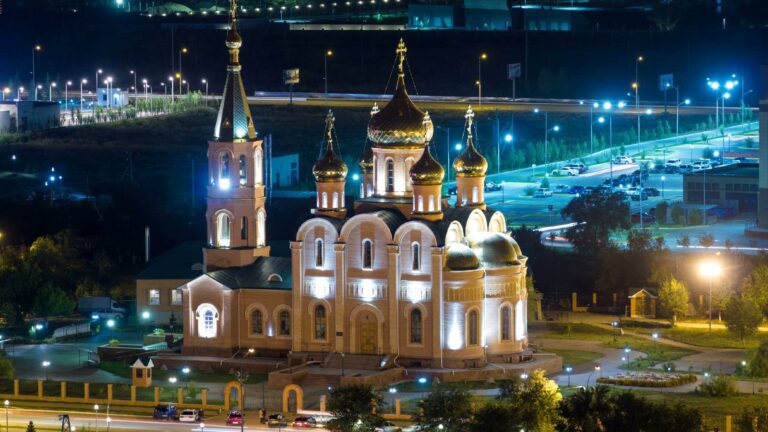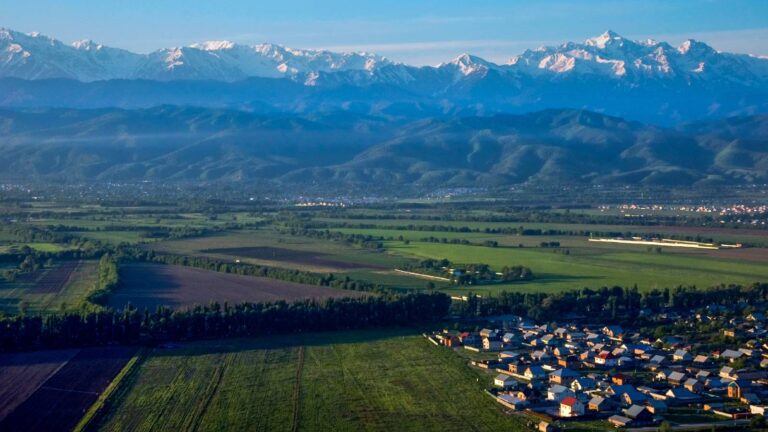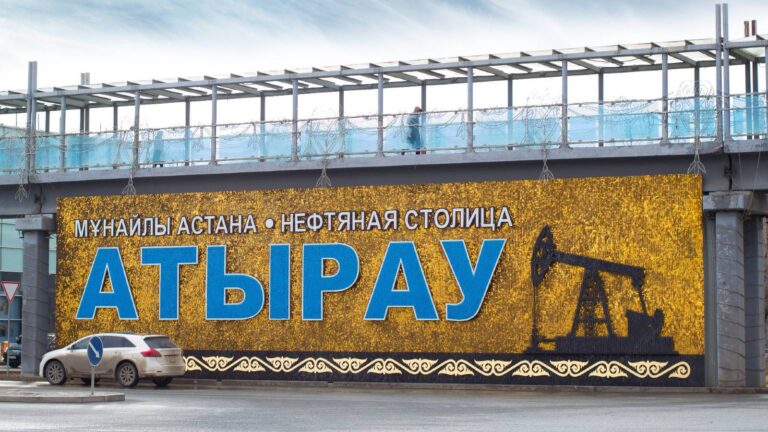Astana’s international airport is the logical starting point for most visits. From Astana, a network of rail and road connections link to the region’s other major cities and sights.
In the city of Pavlodar, explore the striking Mashkhur Jusup Mosque, built in the early 20th century, and take a stroll along the scenic Irtysh River to enjoy the city’s charming green spaces.
Kazakhstan’s capital city, Astana, showcases impressive modern architecture. Explore iconic landmarks like the Baiterek Tower and the Astana Opera.
Discover the history and culture of the region at the National Museum of Kazakhstan, which houses an extensive collection of artifacts and exhibits.
Among the significant sites are the Karasai and Agyntai Batyr Memorial Complex, Syrymbet and Aiganym estate museums, North Kazakhstan State University museum, Residence of Abylai Khan museum complex, City park of culture and recreation, Victory Park, North Star Park, North Kazakhstan region museum, Museum of Arts.
The Kazakh Music and Drama Theater named after. S. Mukanov, Russian Drama Theater. N.F. Pogodin, North Kazakhstan Regional Puppet Theater are open to public in the regional center.
Tourist routes to the historical Botay and Ak Iriy settlements are quite well developed.
The most interesting sites to visit: the astrophysical observatory with a planetarium at the North Kazakhstan State University, Neptune Water Park, Botanical Garden, recreation areas with a modern facilities: elite park-hotels Green Park, GreenWood, Abakshino, Sosnovy Bor, Serebryany Bor, Pestroy and accommodation facilities on the lakes Shalkar and Imantau.
Sports tourism is represented by the Federation of Sports Tourism, a branch of the Mountaineering Federation of the Republic of Kazakhstan, the Planeta and Sportlandia tourism centers, and the Sports Palace. In winter, one can go skiing on the ski track in Borki, as well as a ski track and skate rental in the Culture and Leisure Park in Petropavlovsk.
To maintain physical activity in the regional center there are Inter tennis club, fitness clubs, swimming pools, paintball clubs, stadiums, Kulager hippodrome.
For residents and guests of Petropavlovsk entertainment cafes, restaurants, shopping and entertainment complexes, cinemas are open.
During the medieval period, North Kazakhstan was part of the Mongol Empire and later the Golden Horde. The region experienced a flourishing of trade along the Silk Road, connecting Asia and Europe and facilitating cultural exchanges between East and West.
In the 16th century the Kazakh Khanate emerged, and North Kazakhstan became part of the Kazakh territories. The region played a significant role in the Kazakh Khanate’s governance and defence against external threats, including raids from the Jungars and the Russian Empire.
In the 18th and 19th centuries, the Russian Empire expanded its influence over the region, resulting in the colonisation and establishment of Russian settlements. The city of Pavlodar, for instance, was founded as a fortification along the Irtysh River, becoming an important trading centre.
The Soviet era brought industrialisation and collectivisation to the region, leading to the establishment of factories, mines, and agricultural collectives. The city of Ekibastuz gained prominence as a coal mining centre, contributing significantly to the energy resources of the country.
In 1997, the capital of Kazakhstan was moved from Almaty to the newly established city of Astana. The transformation of Astana into a modern metropolis symbolises the country’s aspirations.
North Kazakhstan’s cuisine showcases a blend of Kazakh and Russian flavours. Traditional dishes include beshbarmak (boiled meat with noodles), kazy (cured horse meat sausage), and manty (steamed dumplings). Dairy products like kumys (fermented horse milk) and kurt (dried cheese curds) are also common. The region’s cuisine reflects its agrarian heritage and reliance on locally sourced ingredients.
Folk music, characterised by traditional instruments like the dombra (a two-stringed instrument) and accordion, adds to the cultural fabric.
Weddings are grand affairs, with traditional ceremonies, elaborate costumes, and many guests. Other celebrations include religious holidays such as Eid al-Fitr and Christmas, which are marked with prayers, feasts, and gatherings.
The KymyzFest is an important event of the whole region, held annually in Petropavlovsk. It is expected to contribute to attracting tourists to North Kazakhstan region. It covers four directions such as national cuisine, a folk fair, field events and an equestrian carnival. Guest have great opportunity for degustation of various types of kymyz (a fermented dairy product traditionally made from mare’s milk) and traditional Kazakh cuisine.
The region is traversed by the mighty Irtysh River, which flows through several cities, including Pavlodar and Astana, and feeds an extensive lake system.
North Kazakhstan experiences a continental climate, with distinct seasons. Summers are generally warm to hot, with temperatures ranging from 20°C to 30°C (68°F to 86°F). Winters are cold, with temperatures dropping well below freezing, often reaching as low as -30°C (-22°F). The region receives a moderate amount of precipitation throughout the year, with higher rainfall occurring in the summer months.
Ekibastuz is renowned for its vast coal reserves and is home to one of the largest coal mines in the world. Visitors can learn about the coal industry and its significance to the region’s economy through guided tours and museum visits.
Initiated in the 1950s by the Soviet government, the ‘Virgin Lands’ campaign aimed to cultivate and utilise the vast untapped lands in North Kazakhstan for increased food production.
Attracting thousands of volunteers from different parts of the Soviet Union, the ‘Virgin Lands’ campaign led to a remarkable increase in grain production, turning the region into one of the world’s biggest wheat producers.

